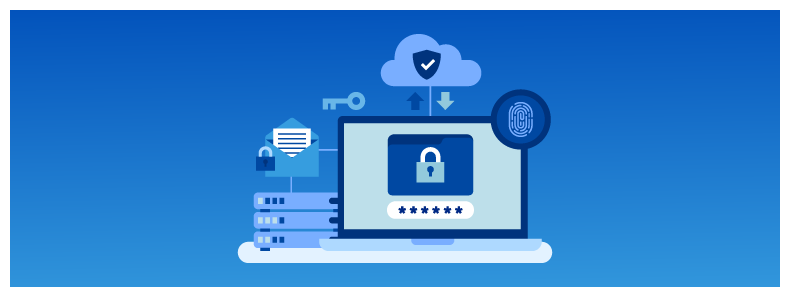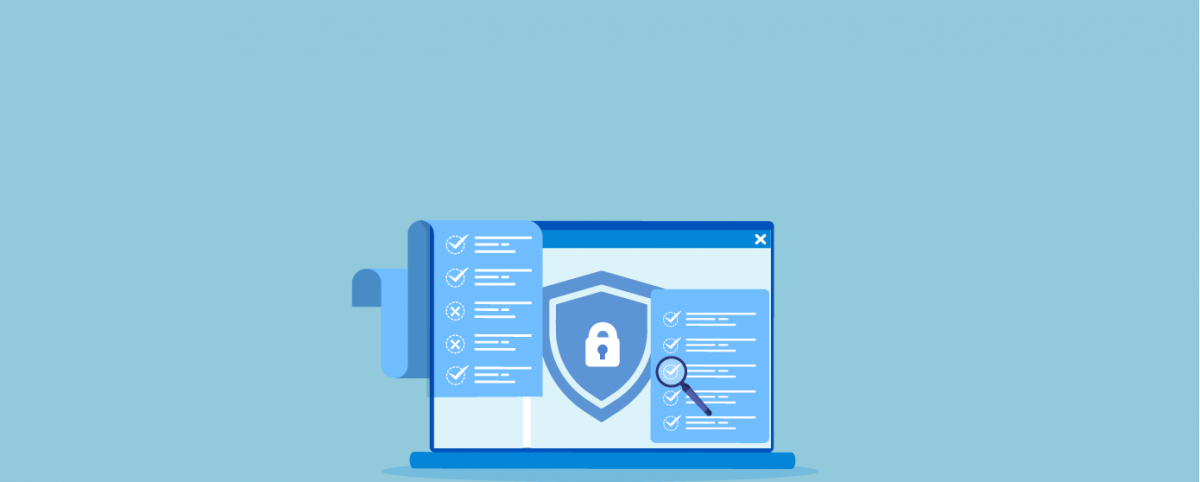Top 6 Benefits of Easy to Use Web Application Security Scanning Tools
The general perception is that web application security scanning is challenging to execute, especially for smaller businesses that cannot afford in-house IT experts. And this is not completely off-the-mark. Many web application security scanning tools do not assure ease-of-use, making certification/ ongoing training from the vendor necessary. The result – web application security suffers.
Reliable and hassle-free scanning tools help businesses protect their applications effectively. Let’s delve into the features of such a web application scanning tool and its benefits.
What Qualifies as an Easy-to-Use Web Application Security Scanning Tool?
Cloud-based Offering with Hassle-free Deployment
In today’s dynamic business environment, online web application vulnerability scanners that are deployed over the cloud are best suited for continuous and agile detection of vulnerabilities and security weaknesses.
Use of Automation and other Advanced Technology
The main key aspects of ease-of-use are the reduction of manual drudgery and time demands which are achieved through intelligent automation.

Getting Coverage and Accuracy
The web application scanner should ensure that basic security checks where the test cases are repeatable and the same sequence of tests are automated as much as possible. However, at the same time, it should also provide accurate results without False positives. A false-positive result in loss of developer time giving priority to the issue which is not a risk. At the same time false-negative results in having a risk of being ignored completely.
If a scanner tries to make its finding very accurate it can result in more false-negative which increases the risk for the application and if it tries to increase coverage it can result in more false-positive which can take away the time of the developer that could be spent on other productive activities.
The way to strike the balance between these two is to ensure the coverage is not compromised and back it up with specialized support services who can take the pain of checking for false positives away from the company. In addition, if the scanner also supports added manual Penetration Testing to be integrated into the automated scan results it provides a more comprehensive zero false-positive coverage for the customer and significantly reducing the False-negative exposure of risks at the same time
Easy Availability of Insights
The scanner must also provide customizable reports and critical insights that are easy to access and understand. This way, the business can leverage the insights more easily to take corrective actions and improve the security posture.
Benefits of an Easy-to-Use Web Application Scanner

1. No Specialized or Technical Skills Required
With hassle-free, online web application vulnerability scanners, minimal end-user input is required. They can be used by almost anyone, irrespective of their technical and IT expertise. Such scanning tools are so simple that end-users need not be trained or certified to ensure they take advantage of its varied functionalities and strengthen the application’s security posture.
Scheduling and/or running live or on-demand web vulnerability scans, as well as the process of customizations, are simple.
2. Improved Agility
Easy-to-use, online web application scanners help businesses keep up with the fast-evolving threat landscape and dynamic IT environment in an agile fashion. Indusface WAS, for instance, automatically updates itself to include the latest vulnerabilities based on Global Threat Intelligence and its innate learning abilities. Integrated with other security tools like WAF, it includes un-crawled areas and third-party components in the scans with little human intervention.
Given that such scanners easily integrate into the agile and complex development environment, continuous scanning and early prevention of vulnerabilities are possible.
3. Best Performance
Online web vulnerability scanners have light and non-intrusive scan loads. This is despite the comprehensiveness of the coverage because the scanning profiles are designed based on thorough research of the end user’s needs and context. So, there are no trade-offs between website performance and security with such tools.
4. Cost-effectiveness
In the absence of training and certification costs, businesses save immensely with hassle-free web scanners. Additionally, all tuning, configurations, and customizations are handled by certified security experts. So, businesses do not need to employ additional tech experts or developers to engage in security tasks such as scanning, security tool configuration, etc.
5. Improved Productivity
Businesses are freed from the drudge-intensive manual scanning processes owing to the intelligent automation of easy-to-use scanners. Multiple websites and web applications can be scanned simultaneously with minimal or no human intervention. So, employees and developers can focus on their core activities.
6. Easier Scalability
One of the factors that hinder scalability in scanners is false positive management. When large numbers of false positives appear in scan results, the business will end up spending a fortune on manual pen-testing and fixing issues that do not exist. Hassle-free scanners can be easily configured to ensure there are zero false positives. So, security scales up with the business.
Easy to Use Indusface WAS
Indusface’s online Web Application Scanner (WAS) is a non-intrusive, zero-touch, cloud-based solution that is deployed and activated in a few easy steps. It does not require hardware installation or software download as the monitoring of the application happens remotely. The website does not need any changes or configurations, ensuring minimal disruptions during onboarding. The scanner effortlessly integrates within the complex development environments and any existing systems.
As it is an intelligent application scanner, practically automates a majority of the pre-and post-scanning tasks.
With Indusface WAS, you can quickly launch comprehensive web application security scanning and identify not just a wide range of vulnerabilities and misconfigurations, but malware, defacements, malignant codes, and much more.
Conclusion
We have seen over the years that there is a better adoption of security tools when they are easy to use. So, if web application security scanners are hassle-free, users will leverage their functionalities effectively and make application security a priority.
Hassle-free Web Application Scanner = More Secure Applications
You can start with the AppTrana Free Forever Website Security Scan to find out how it works.
Stay tuned for more relevant and interesting security articles. Follow Indusface on Facebook, Twitter, and LinkedIn.


 September 8, 2020
September 8, 2020






